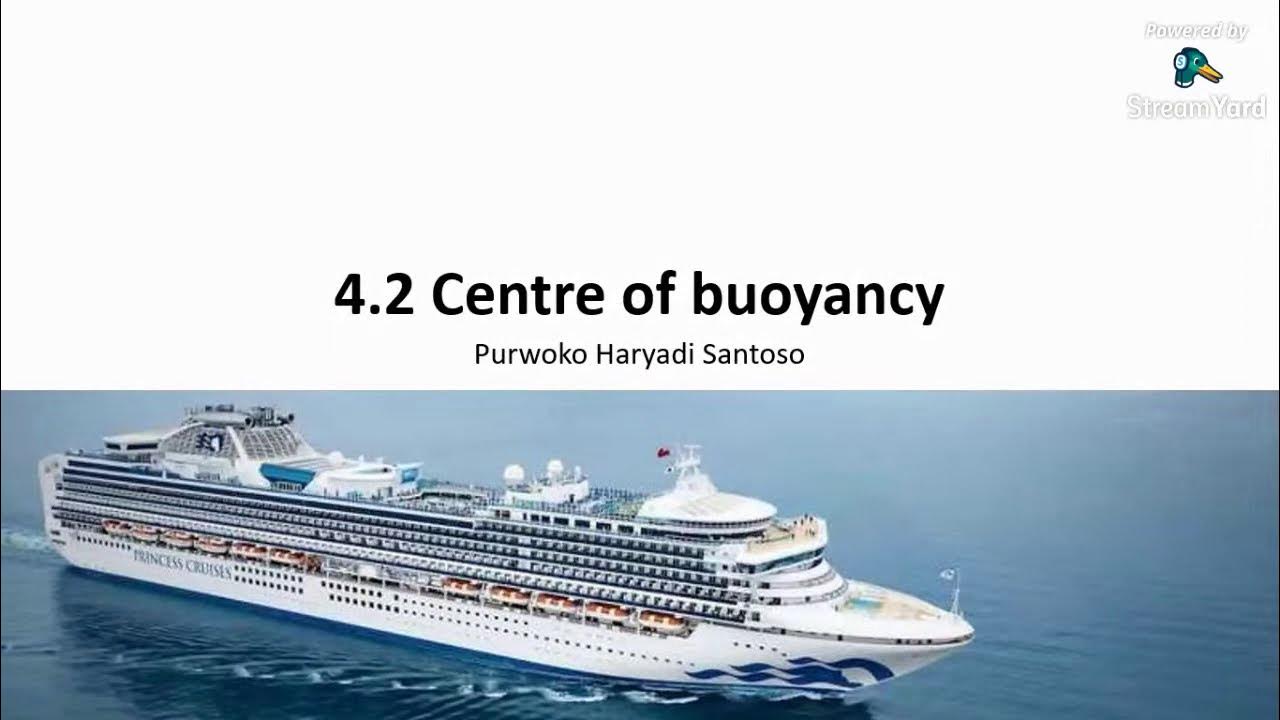Jean Piaget's Concrete Operational Stage (stage 3: ages 7-11 years old)
Summary
TLDRThe script revolves around a series of questions and answers exploring the concept of volume and buoyancy. It begins with a comparison of juice quantities in different containers, then moves to the effect of placing objects like rocks and feathers in water. The conversation delves into the idea of equal distribution of items in rows and concludes with a discussion on the equivalence of quarters in two sets. The dialogue is interactive, engaging, and educational, aiming to clarify basic principles of physics and mathematics.
Takeaways
- 🍹 The script involves a discussion about the quantity of juice in two containers and whether they have the same amount.
- 📏 It compares the level of juice in the containers and suggests that they are about the same, with one being slightly higher.
- ✂️ The script mentions cutting one of the containers to check if the juice levels remain the same.
- 🚀 In a hypothetical scenario, a rock is expected to sink when placed in water, while a feather is expected to float.
- 🪨 The script uses the analogy of a rock sinking to explain the concept of density and buoyancy.
- 🪶 Similarly, the feather floating is used to illustrate the same principles, although the expectation might be different.
- 🔢 There is a counting exercise involving items in two groups, emphasizing the importance of having the same number in each group.
- 🧩 The script discusses the idea of balance and equal distribution, with an example of items being rearranged to achieve this.
- 💰 It mentions two sets of quarters, which might be a reference to a monetary value or a collection of coins.
- 🎶 The transcript ends with music, suggesting that the content might be part of a video or audio presentation.
- 📝 The script is informal and conversational, likely aimed at teaching or explaining concepts in a casual setting.
Q & A
What are they comparing to determine if they have the same amount of juice?
-They are comparing two containers to see if they have approximately the same amount of juice.
What does the script suggest when there's less juice in one container compared to the other?
-The script implies that one container might have less juice due to differences in their contents or structure.
What action is taken to determine if the containers still have the same amount of juice after cutting one?
-The script describes cutting one of the containers in half to check if the remaining part still has the same amount of juice as the other container.
What is the purpose of the bucket or bowl of water analogy in the script?
-The bucket or bowl of water analogy is used to illustrate the concept of floating and sinking, likely in the context of density.
What happens when a rock is placed in the bucket of water according to the script?
-When a rock is placed in the bucket of water, it will sink due to its higher density compared to water.
What does the script suggest about the feather when placed in the water?
-The script suggests that a feather will float on the water's surface because it is less dense than water.
What is the significance of the rocket and rocks analogy in the script?
-The rocket and rocks analogy is used to demonstrate the concept of buoyancy and how different objects behave in water based on their density.
What is the script's stance on whether a feather will sink or float in water?
-The script initially suggests that a feather will float on water, but later it is corrected to say it will sink, indicating a possible misunderstanding or correction in the conversation.
What is being discussed regarding the five items and two groups in the script?
-The script discusses the distribution of five items into two groups and whether each group has an equal number of items.
What is the script's approach to ensuring equal distribution of items in the groups?
-The script suggests counting and visually checking to ensure that each group has the same number of items.
What is the script's final point on the distribution of quarters in two sets?
-The script concludes that the two sets of quarters appear to have the same amount, indicating an equal distribution.
Outlines

This section is available to paid users only. Please upgrade to access this part.
Upgrade NowMindmap

This section is available to paid users only. Please upgrade to access this part.
Upgrade NowKeywords

This section is available to paid users only. Please upgrade to access this part.
Upgrade NowHighlights

This section is available to paid users only. Please upgrade to access this part.
Upgrade NowTranscripts

This section is available to paid users only. Please upgrade to access this part.
Upgrade Now5.0 / 5 (0 votes)





